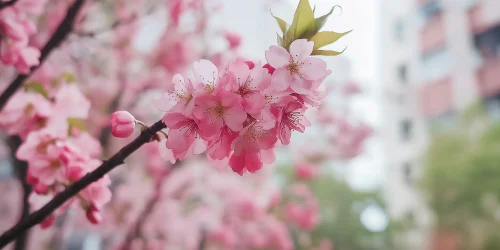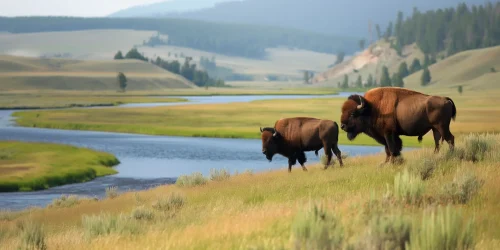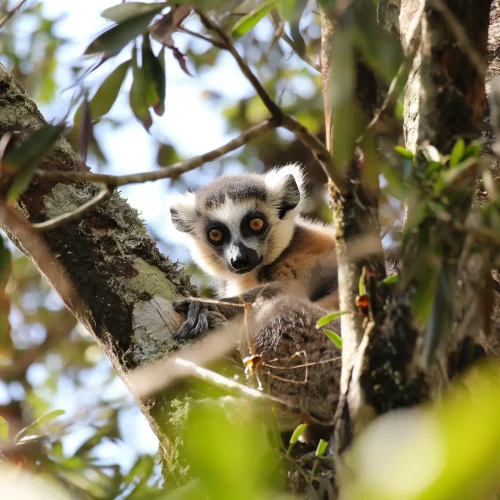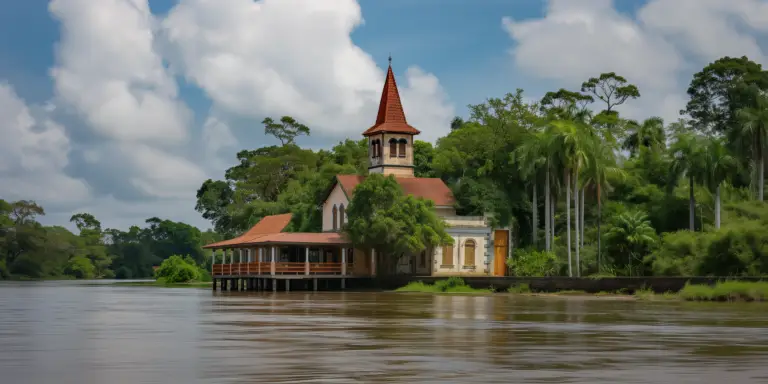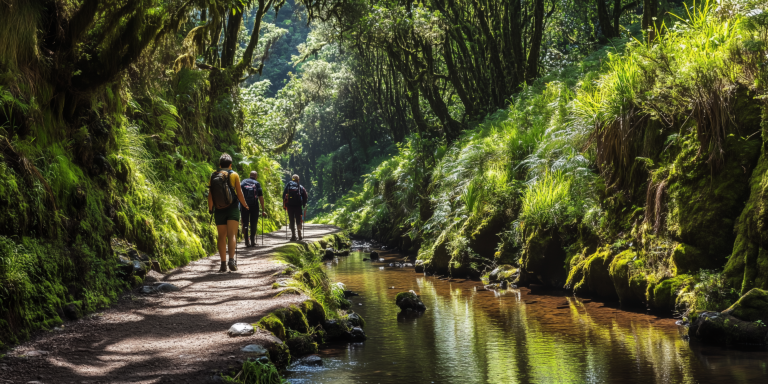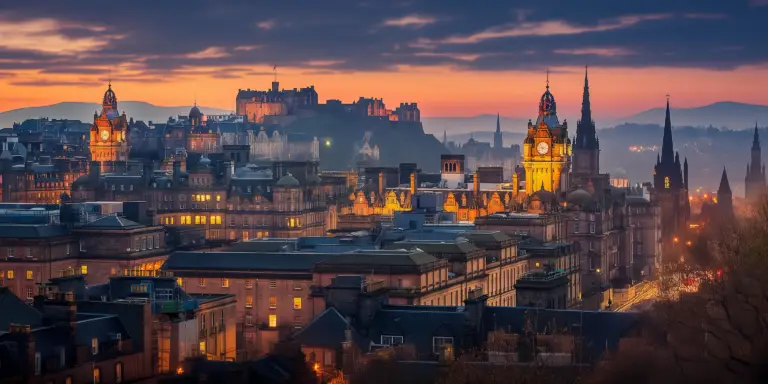The Avenue of the Baobabs, located in western Madagascar, is one of the most remarkable and visually stunning landscapes in the world. This natural monument, situated near the town of Morondava in the Menabe region, draws visitors from across the globe who come to marvel at the majestic baobab trees that line the dirt road. These ancient giants, known locally as renala (meaning “mother of the forest”), are a testament to the unique biodiversity and cultural heritage of Madagascar.
The Baobab Trees
Baobabs (genus Adansonia) are often referred to as “upside-down trees” because of their thick trunks and sparse branches that resemble roots. The Avenue of the Baobabs is dominated by the species Adansonia grandidieri, also known as Grandidier’s baobab. These trees can reach heights of up to 30 meters (98 feet) and trunk diameters of up to 11 meters (36 feet). Some of the baobabs here are estimated to be over 800 years old, making them ancient witnesses to the region’s history.
Baobabs play a crucial role in the local ecosystem. They store large amounts of water in their trunks, which helps them survive the dry season and provides water for the surrounding flora and fauna. Their flowers are pollinated by bats, which ensures the continuation of these iconic trees.
Cultural and Ecological Significance
The Avenue of the Baobabs is not only a natural wonder but also a site of great cultural importance to the Malagasy people. The trees are often regarded with reverence and are featured in local myths and legends. They are considered symbols of resilience and longevity, reflecting the spirit of the local communities.
In terms of ecology, the baobabs support a variety of wildlife, including lemurs, birds, and insects. The area around the Avenue of the Baobabs is part of Madagascar’s unique and fragile ecosystem, which is characterized by high levels of endemism. Conservation efforts are essential to protect this habitat from threats such as deforestation and climate change.
Visiting the Avenue of the Baobabs
For travelers, the Avenue of the Baobabs offers an unforgettable experience. The best time to visit is during the dry season (April to November), when the weather is more predictable. The avenue is particularly breathtaking at sunrise and sunset, when the light casts dramatic shadows and highlights the rough, textured bark of the baobabs.
Nearby attractions include the Kirindy Forest Reserve, home to a variety of wildlife, including the endangered fossa (a carnivorous mammal) and several species of lemurs. Visitors can also explore local villages to learn about Malagasy culture and traditions.
To get to the Avenue of the Baobabs, most visitors fly into Antananarivo, Madagascar’s capital, and then take a domestic flight to Morondava. From Morondava, it’s a short drive to the avenue.
The Avenue of the Baobabs is a must-see destination for nature lovers and adventure seekers alike. Its towering baobab trees, rich cultural heritage, and unique ecological significance make it a standout highlight of any trip to Madagascar. Whether you’re photographing the stunning landscape, learning about local traditions, or simply soaking in the natural beauty, a visit to the Avenue of the Baobabs is an experience that will stay with you long after you leave.


